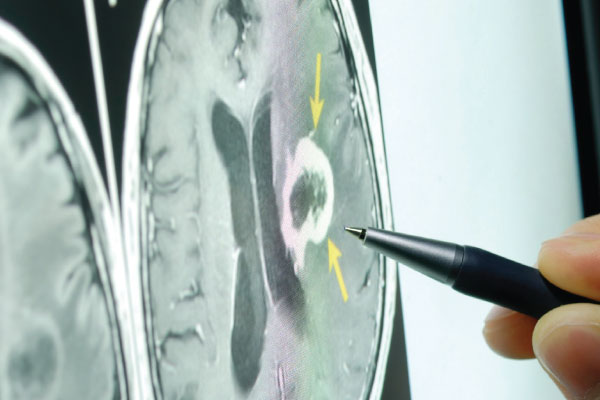Many parents feel they haven’t been provided adequate care if the doctor doesn’t prescribe a scan of any kind. We examine the significance and side effects of these procedures.
Being able to peer into the human body without making a single incision is unquestionably a key advancement of modern medicine. However, doctors and patients have been taking complete advantage of the latest techniques to scan internal organs as computed tomography (CT), magnetic resonance imagining (MRI), ultrasound and other scans are easily available.
The progress in medicine
When paediatric radiology was in its infancy 113 years ago, children who required an x-ray were often sedated with ether to keep them restrained for lengthy exposure times of 15 seconds or more. Luckily, the dawn of faster film, computerised equipment and new methods of imaging has dramatically reduced the health risks for children undergoing diagnostic radiographic examinations.
Children have greater amounts of growth and reproduction cells, which are more sensitive to radiation.
Exposure to ionising radiation may yield cell damage due to direct or indirect action of the radiation over DNA strands, which could produce genetic mutations that can cause cancer. Therefore it is imperative for these procedures to be constantly regulated and optimised to decrease the likelihood of getting the disease.
The after effects
Not only are children’s developing tissues more vulnerable to radiation’s effects, but they have more years to live after their exposure, which surges their chances of developing cancers related to the radiation they received.
Children were found to be more sensitive than adults for the development of 25 percent of tumour types including leukaemia, and thyroid, brain and breast cancer. Between 1996 and 2010, according to a study published in 2012, the use of CT scans nearly tripled, from 52 scans per 1,000 patients to 149 scans per 1,000 patients. Increased reliance on the scans could drive a slight bump in cancer risk from CT.
Those who were scanned had a 24 percent greater risk of cancer than those who did not receive them, with the risk increasing by 16 percent for each additional CT. The risk was highest for children who received scans before age five. They showed a 35 percent increased chance of developing a cancer during the study period than those who weren’t scanned at this age. Brain cancers were the most common among youngsters who had the scans.
Two sides of a scan
One in 50 children benefited from a head CT, compared to the one in 10,000 who might develop brain cancer or leukaemia from the same scan, according to calculations in the latest study. People need to realise that there is a 200-fold difference between the benefit of a scan and its risk.
Therefore, concerns about radiation exposure are understandable. Questions by patients and their families should be encouraged. It is the responsibility of healthcare professionals to ensure if each scan is necessary. It is the responsibility of radiology personnel to ensure that radiation risk is minimised by using the correct technique. Parents will appreciate the relative safety of x-rays when it is explained that the amount of background radiation the child is exposed to in a year is roughly equivalent to more than 200 chest x-rays.





































